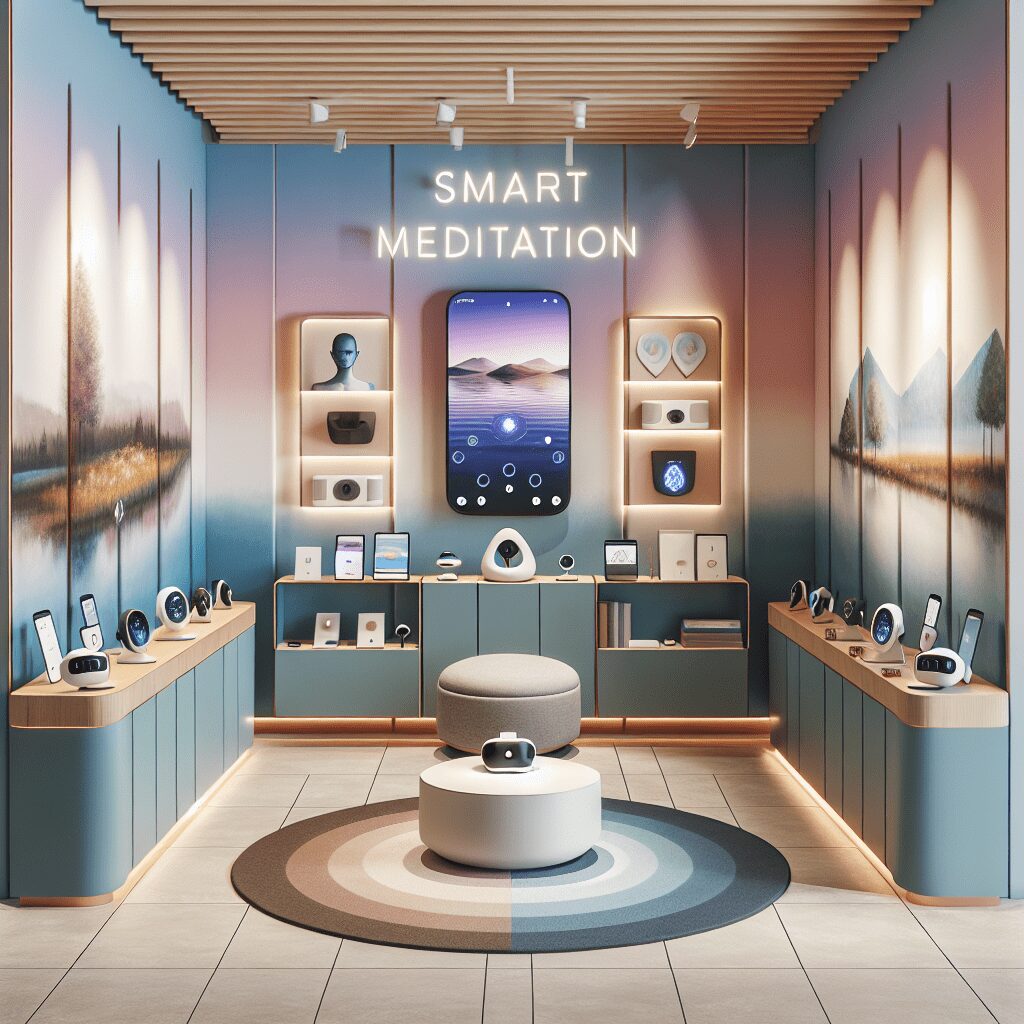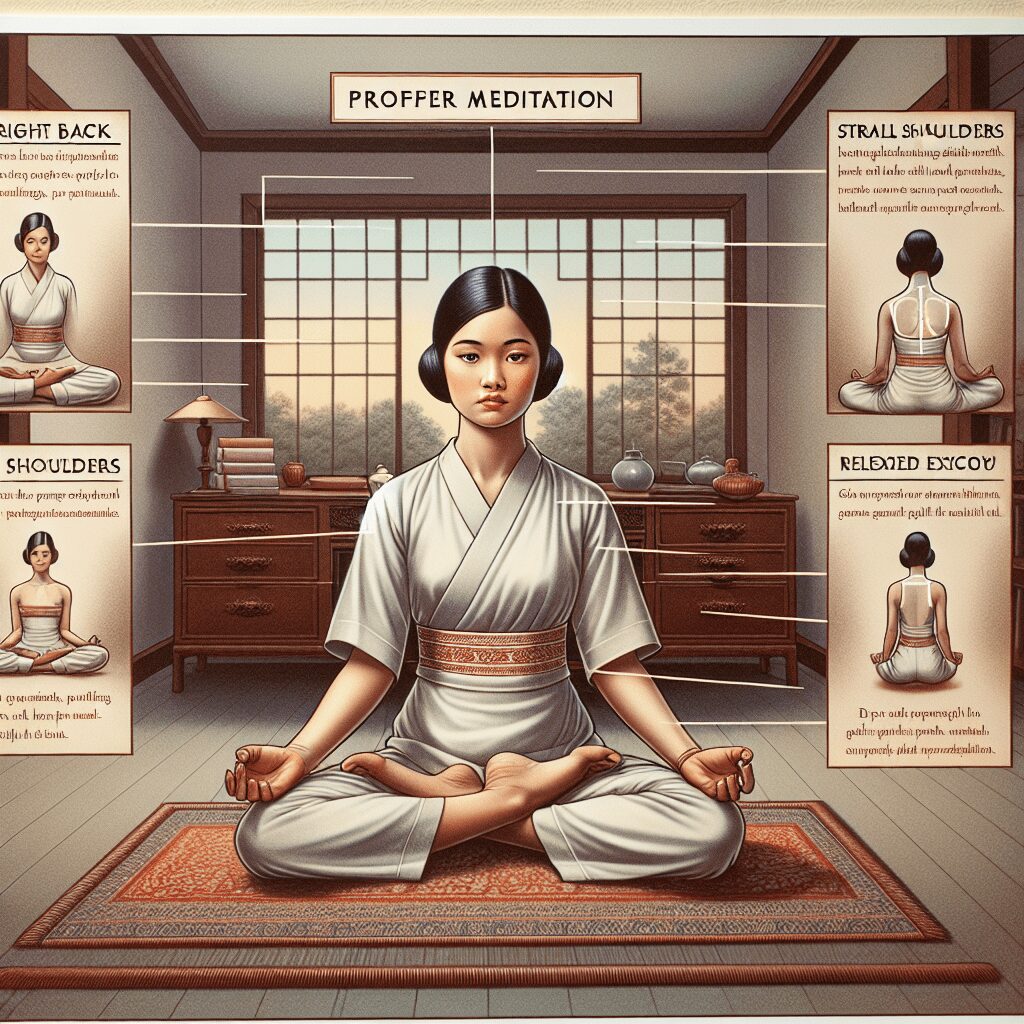
Prioritize your mental well-being daily. Enhance your life by nurturing your mental health with the Smart Meditation app. Break free from stress, alleviate anxiety, and enhance your sleep quality starting today.
What Color Is Associated With Anxiety?
Unraveling The Hues of Emotion: The Anxiety Color Code
When it comes to the matter of the mind and emotions, it’s intriguing how our sensory experiences blend, particularly how colors influence our mood and psychological state. It’s a kaleidoscope of insights, really. Have you ever pondered about the color that’s often painted with the brush of anxiety? Well, fasten your seatbelt, because we’re about to dive into a palette of facts and theories that give us a fascinating glimpse into the world of emotions and their chromatic expressions.
The Color That Whispers Anxiety
The question of what color is associated with anxiety is akin to asking, “What’s the flavor of fear?” The broad consensus leans towards a particular shade: gray. Yes, you heard it right. Not the dramatic crimson of anger, nor the deep blue of melancholy, but gray – the color often associated with overcast skies and gloomy days. But why gray, you wonder? Let’s break it down.
A Shade of Uncertainty
Gray is often described as the color of ambiguity and indecision. It doesn’t scream the vitality of red or the calmness of blue; it’s somewhere in between, lost and often overlooked. This very attribute of gray mirrors the essence of anxiety – a feeling of being stuck in a fog of uncertainty, unable to see the bright colors of clarity.
The Blanket of Overwhelm
Picture this: a gray sky, heavy with unshed rain, oppressive and unending. That’s the visual embodiment of anxiety. It’s as if the mind is clouded with a heavy blanket of gray, suffocating and dense, making it hard to breathe or see the sunshine beyond. People grappling with anxiety often describe their experience as being enveloped in an overwhelming haze, much like being swallowed by a sea of gray.
Is It All Just Gray?
While gray is a poster child for anxiety, it’s important to recognize the subjective nature of color associations. For some, the color may be more akin to a murky yellow, capturing the sickly, uneasy essence of anxiety. For others, it could be a jarring red, highlighting the alarm and heightened senses triggered by anxious thoughts.
The Personal Palette
Diving deeper, the association between color and emotion is profoundly personal. Our experiences, culture, and individual perceptions paint a unique color palette that represents our emotional landscape. This means the color of anxiety might vary from person to person, making it a deeply subjective question.
Bridging Colors and Emotions
Understanding the color psychology behind anxiety paves the way for therapeutic interventions. Art therapy, for instance, utilizes the power of colors to help individuals express and process their emotions. Recognizing and acknowledging the colors attributed to our feelings can be a powerful step towards managing anxiety.
In closing, while gray often stands as the hallmark color of anxiety, it’s essential to embrace the spectrum of colors that our emotions might manifest. Whether it’s a shadowy gray or another hue from your personal emotional palette, recognizing and understanding these colors can be a step toward illuminating the path to peace and well-being. After all, in the grand canvas of life, every emotion, every color, adds depth and dimension to our human experience.





